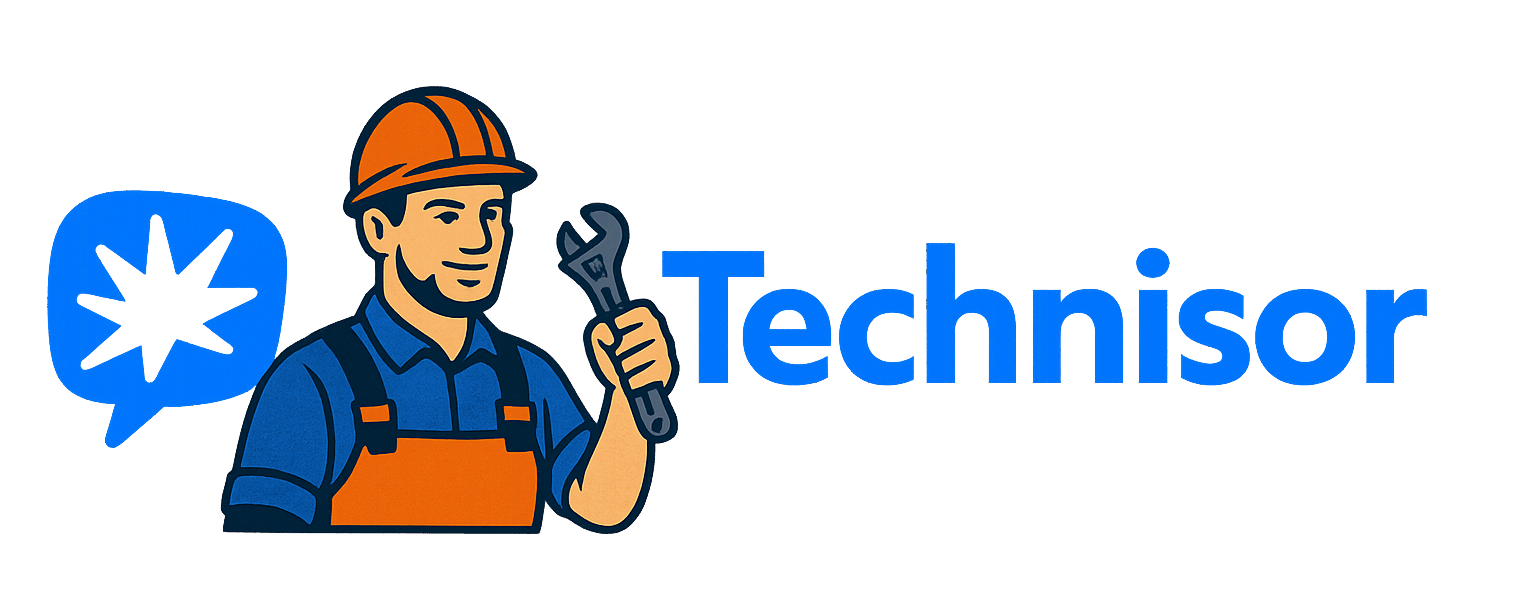How to choose the best loan company in Canada
Finding the right loan company in Canada can make a big difference to your financial wellbeing.
Whether you’re borrowing to consolidate debt, fund a major purchase, or handle an emergency, choosing a trustworthy lender with fair terms is essential.
With dozens of banks, credit unions, and online lenders competing for your attention, it pays to know how to separate the best from the rest.
🏦 1. Understand the Types of Loan Providers in Canada
Before you compare loan offers, it helps to know who’s offering them.
In Canada, you’ll find three main types of loan providers:
- Traditional banks — such as RBC, TD, CIBC, BMO, Scotiabank. They offer stability, strong customer protection, and low rates for borrowers with good credit.
- Credit unions — member-based institutions like Desjardins or Coast Capital, often with competitive interest and more flexible lending.
- Alternative or online lenders — companies like Fig Financial, goeasy, or Loans Canada provide faster approvals and looser requirements but may charge higher interest.
Each type suits different needs — banks for low-risk borrowers, credit unions for community service and flexibility, and fintech lenders for speed or accessibility.
💡 2. Key Factors to Evaluate When Choosing a Loan Company
To find the best loan provider, look beyond the advertised rate. The smartest borrowers evaluate several criteria before signing any agreement.
✅ Interest Rates and Fees
Compare annual percentage rates (APR) rather than just the nominal interest rate.
The APR includes processing fees and optional insurance — giving you the real cost of borrowing.
Typical personal loan rates in Canada range from 6% to 24%, depending on credit score and loan type.
✅ Transparency and Contract Terms
The best companies provide clear, written details on:
- Total repayment amount
- Interest structure (fixed or variable)
- Penalties for early payment
- Late fee policies
Avoid lenders who hesitate to share full terms in writing.
✅ Reputation and Customer Feedback
Always research reviews and Better Business Bureau (BBB) ratings.
A good lender has consistent, positive reviews, no unresolved complaints, and a visible physical or online presence.
✅ Customer Support
A reliable company offers easy communication — live chat, phone, or branch support — and responds promptly to questions.
✅ Licensing and Legitimacy
Every lender in Canada must be licensed provincially and comply with Financial Consumer Agency of Canada (FCAC) regulations.
Verify a company’s registration before sharing personal details.
🏆 3. Examples of Trusted Loan Companies in Canada
Here are examples of established and reputable lenders:
- RBC Royal Bank — fixed or variable personal loans starting at CA$5,000; flexible repayment.
- TD Canada Trust — unsecured and secured loans with online pre-approval.
- Scotiabank — “Scotia Plan Loan” with terms up to 5 years and rate discounts for clients.
- CIBC — flexible repayment schedules, starting from CA$3,000.
- Fig Financial — a fintech lender offering quick online loans with soft credit checks.
- Desjardins Credit Union — cooperative model, local presence, and competitive rates.
⚠️ 4. Red Flags to Avoid
Protect yourself by watching for these warning signs:
🚫 Guaranteed approval – No legitimate lender can guarantee approval before checking your credit or financial situation.
🚫 Upfront payment requests – Real lenders never ask for advance fees before disbursing funds.
🚫 Unregistered or foreign websites – Always check if the company is licensed to operate in your province.
🚫 High-pressure tactics – Never rush; take time to read and understand the contract.
If something feels wrong, contact the Financial Consumer Agency of Canada (1-866-461-FCAC) for advice or to report suspicious activity.
🪙 5. Step-by-Step: How to Choose the Right Lender
- Check your credit report — knowing your score helps you target suitable lenders.
- Compare offers from at least three companies — use sites like ratehub.ca.
- Calculate the total cost — interest + fees + insurance.
- Verify the lender’s credentials — check licensing on your provincial regulator’s site.
- Read the fine print — focus on repayment, early-payment rules, and penalties.
- Ask questions — a trustworthy lender will explain everything clearly.
🧠 Final Thoughts
Choosing the best loan company in Canada is about balance — between affordability, reliability, and convenience.
Traditional banks may offer lower rates, but online lenders provide faster service.
Take time to compare, verify credentials, and calculate the total cost before committing.
Remember: the best loan isn’t just about approval — it’s about trust, transparency, and long-term peace of mind.
❓ FAQ — Choosing the Best Loan Company in Canada
1. Which bank offers the lowest personal loan rates in Canada?
Rates change often, but major banks like RBC, TD, and Scotiabank typically offer the most competitive terms for strong credit profiles.
2. Are online loan companies in Canada safe?
Yes — if licensed and regulated. Always confirm they operate under Canadian law and list a physical address.
3. What’s the main difference between banks and alternative lenders?
Banks offer lower rates but stricter approval, while alternative lenders offer quicker access with higher costs.
4. Can I repay a personal loan early?
Most Canadian banks allow early repayment with no penalty, but confirm this before signing.
5. How do I check if a lender is legitimate?
Search for the company on your province’s consumer protection registry or contact the FCAC to verify their licence.
